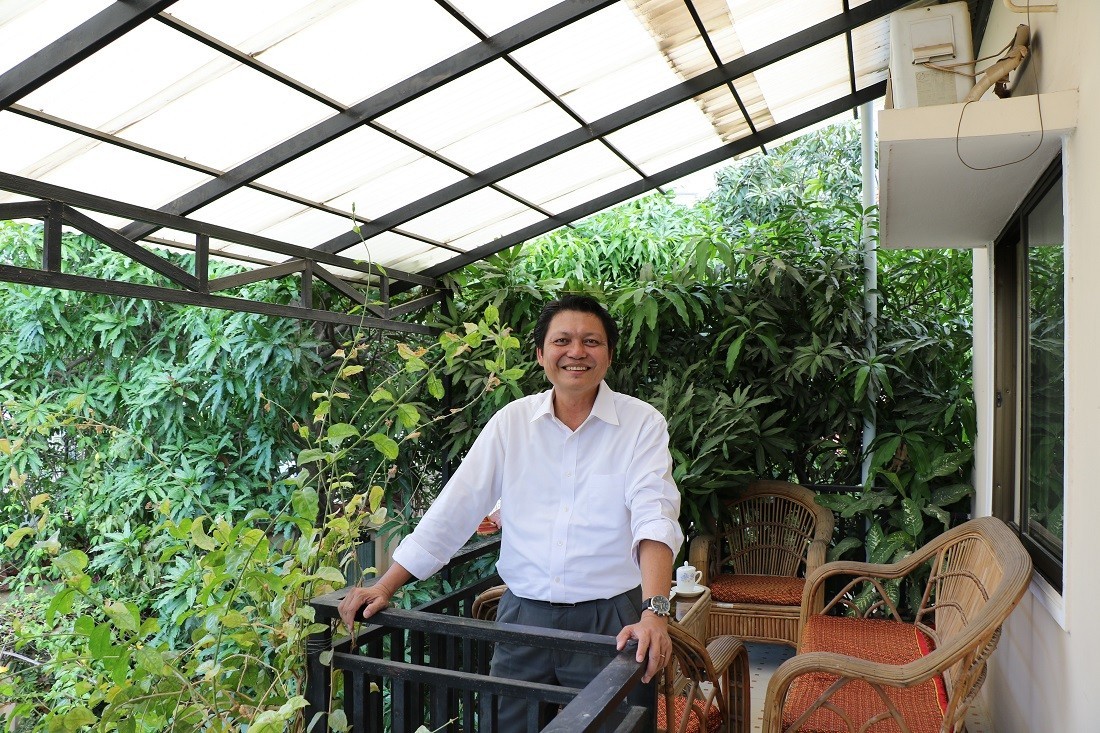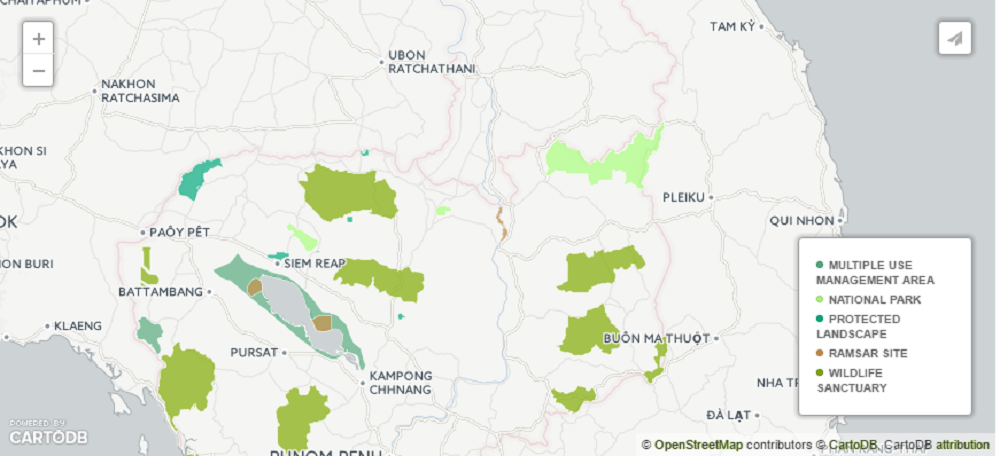While ELCs do have some positive impacts, like employment opportunities, new technologies, access to health and improved infrastructure, the negative impacts outweigh these and local communities as well as forest and wildlife are threatened by loss of land, culture and traditions.
Tag: elc
Government Will Start Chipping Away at Protected Areas
Between 2009 and 2012, the Ministry of Environment went on nationwide leasing spree, signing over vast swaths of the country’s nominally protected areas to private companies for rubber plantations and other agribusiness ventures.
In the name of jobs and development, the companies have cleared tens of thousands of hectares of forest in and around their economic land concessions (ELCs), giving Cambodia one of the highest rates of deforestation in the world. As a show of his efforts to rein in the more wayward ELCs, Prime Minister Hun Sen announced in February that the government had taken back nearly 1 million hectares, a little less than half of the area leased out nationwide.
PM Pledges 1M Hectares of ELC Land to Poor
Prime Minister Hun Sen on Thursday declared an end to the government’s review of Cambodia’s economic land concessions (ELCs), pledging that nearly 1 million hectares of reappropriated property would be handed over to poor families. He also announced a major reorganization of the two ministries involved in granting ELCs.
Environmental and human rights groups have identified ELCs as a cause of some of Cambodia’s most pressing problems in recent years, from rampant deforestation to forced evictions across the country.
HAGL pact hailed as a ‘good step’
A landmark agreement between Vietnamese plantation firm Hoanh Anh Gia Lai and three indigenous communities in Ratanakkiri was reached yesterday, prompting hope for an amicable conclusion to the years-long dispute.
Locals differ on impacts from Cambodia dam project
Cambodia’s Lower Sesan 2 (LS2) hydropower project brings about concerns to the locals, either those refusing to move or those accepting the resettlement deals. According to the project’s environmental impact assessment report, 4,785 people from seven villages must relocate from four communes in the reservoir area. It is estimated that 78,000 people upstream would lose access to migratory fish, and 22,000 people immediately downstream would be negatively affected by changes in river hydrology, water quality and fish numbers.
Government will cancel land concession agreements if companies do not implement the plan
Yesterday, the Prime Minister of Cambodia has informed Mr. Tan Sri Lim Kok Thay, the CEO of Malaysian company “Genting Group”, that economic land concessions under control of private companies will be returned back to the state if those companies do not implement or follow the Master Plan of development.






